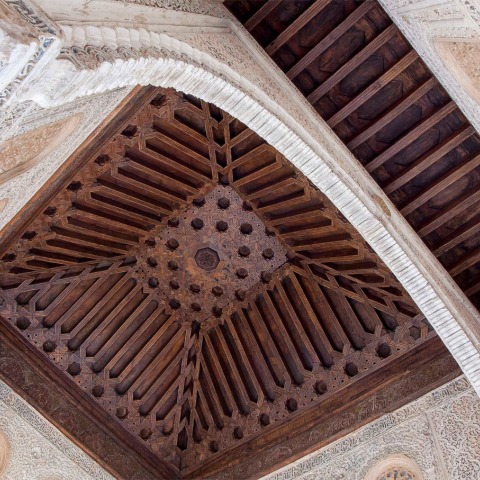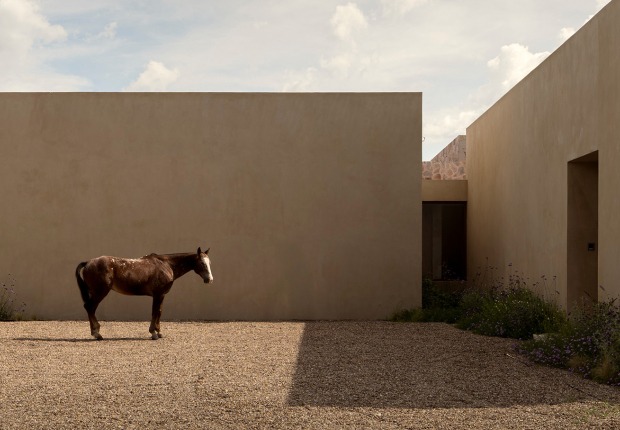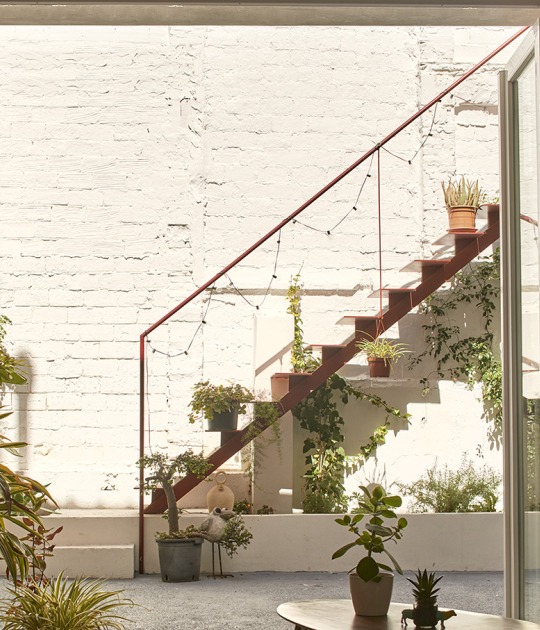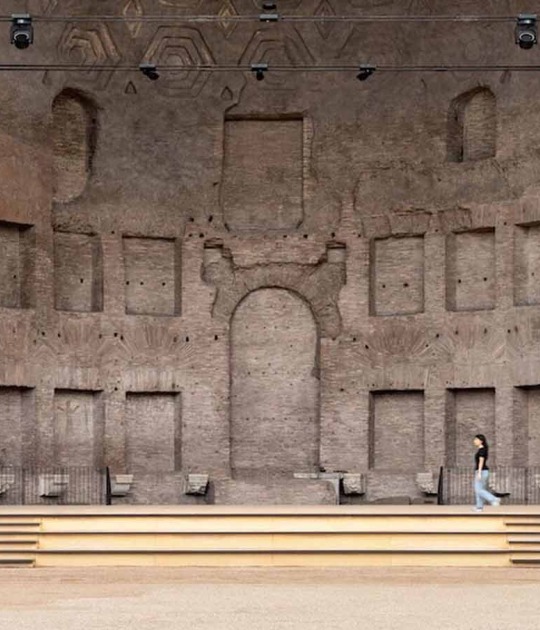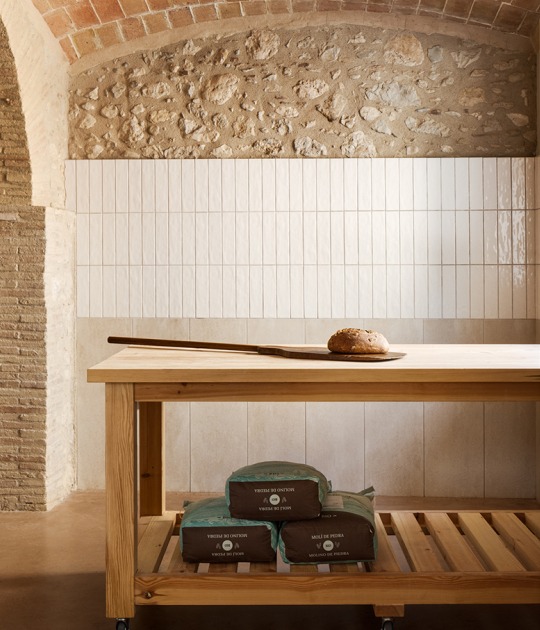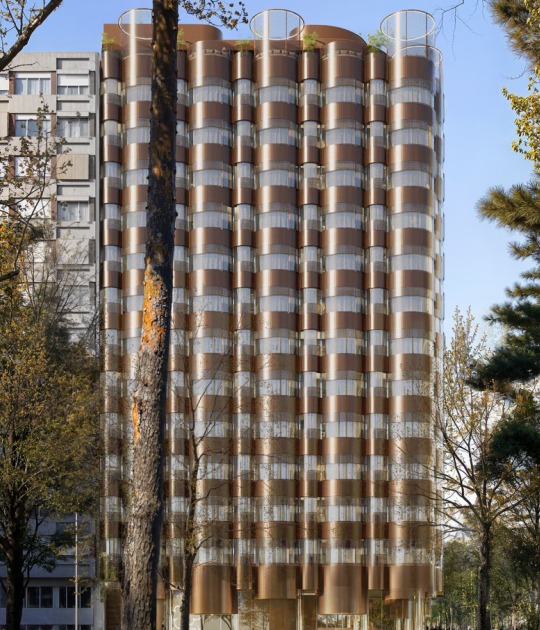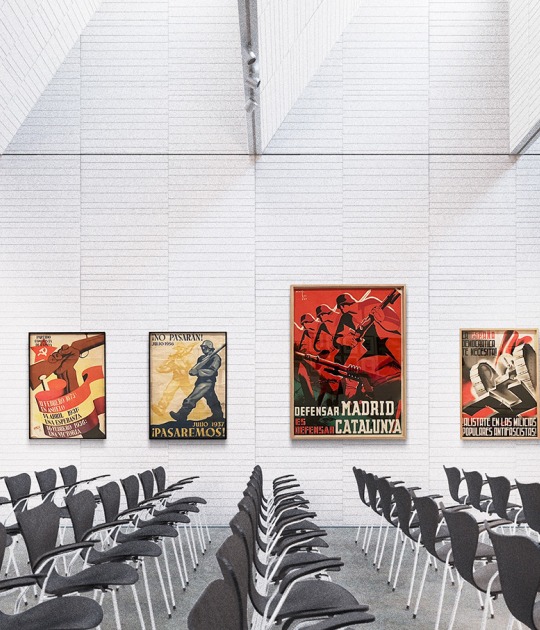Description of project by Patronato de la Alhambra
As part of its general programme of conservation of the entire group of monuments, the Council of the Alhambra and Generalife has performed various preliminary studies of this singular piece of architecture within the Alhambra, in which different pathologies affecting its general conservation were detected. It was therefore decided to embark on a three-pronged restoration project: 1) the restoration of the ceiling-frame and the ceiling of the entrance and corridor, 2) the repair of the roofs and 3) the restoration of the plasterwork and walls.
The Oratory of the Partal is a private palace chapel built in a similar period to the Captive’s Tower, during the reign of the Sultan Yusuf I (1333-1354), some time after the house of Astasio de Bracamonte and the Ladies’ Tower. Together with the Arabic houses of the Partal and the house of Astasio, they form a set of buildings that were linked with the day-to-day functioning of the Partal Palace.
The walls of the Oratory and the House of Astasio were built of brick, the exterior and interior decorations were made of plaster, the ornate lattice-work ceiling frame was made of wood as were the ceiling under the roof of the Oratory and the roof structures. Ceramic materials, glazed in some places, were used in the floor and roof tiles.
The restoration work centres mainly on the ceiling frame and the ceiling of the Oratory, which still contained numerous original features from the 14th century, as well as epigraphs and decorative plant motifs. These wooden structures have a number of problems relating to damp, structural deformations and loss of material.
The roofs of the Oratory and of the house of Astasio will be repaired in order to solve the warping and damp problems which have affected the ceiling frames and the plasterwork.
The building is rectangular in shape, measures 4.16m x 3m, and is covered by a four-sided roof. Access to the Oratory is via a staircase in the North East Wall. In the area adjacent to the entrance there is an initial, very narrow corridor covered by a ceiling made of pressed-brick beams which gives onto the main hall of the oratory through a semi-circular arch. At one end in its south-eastern wall, it has a small mihrab covered by a small muqarna vault. The interior walls are replete with plasterwork decoration.
This space was restored in the 19th Century by Rafael Contreras and later in the 1930s by Leopoldo Torres Balbás.
The laureates will be celebrated at the European Heritage Awards Ceremony, co-hosted by European Commissioner Tibor Navracsics and Maestro Plácido Domingo, and organised under the high patronage of the President of the French Republic, Emmanuel Macron, on the evening of 29 October in Paris.
Seven Grand Prix laureates (each of whom will receive €10,000) and the Public Choice Award winner, chosen from among this year’s winning projects, will be announced during the Ceremony.
Citizens from around Europe and the rest of the world can now vote online for the Public Choice Award and mobilise support for the winning achievement(s) from their own or another European country.
Europa Nostra Awards will also be given to two remarkable heritage achievements from European countries not taking part in the EU Creative Europe programme, namely Switzerland and Turkey.
